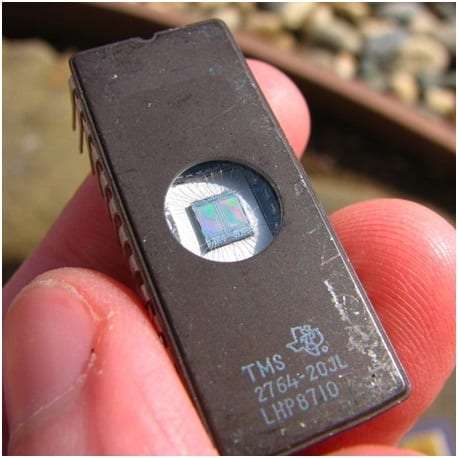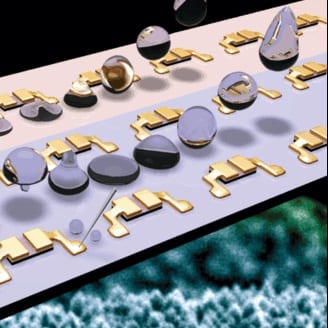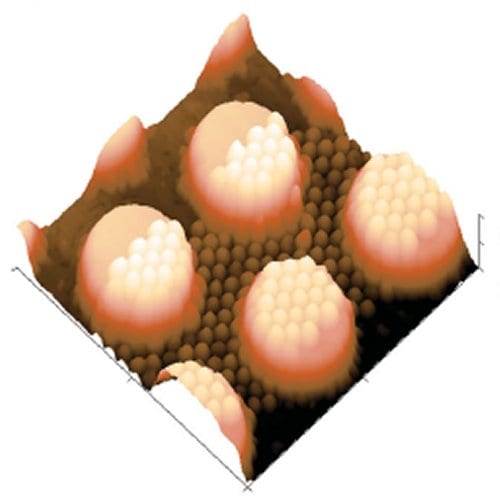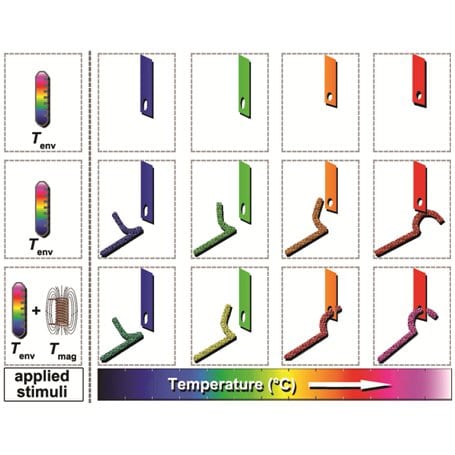Xavier Crispin and his research team have shown that the type of electronic conduction observed in electrochemical transistors is highly dependent upon the capacitance of the device gate electrode.


Xavier Crispin and his research team have shown that the type of electronic conduction observed in electrochemical transistors is highly dependent upon the capacitance of the device gate electrode.

Fish aren’t just for eating; their scales could also act as an excellent protective material, say a group of researchers.

The development of nanostructured ZnO components for devices could lead to inherently waterproof electronic devices.

Nanosized features can easily be printed accurately onto an already patterned surface, using a new technique called nanoimprinting by melt processing.

A materials scientist, a graphic designer, and a cognitive psychologist have produced a brief guide on how to prepare scientific figures.

A nanoparticle-based nerve agent detector is developed by researchers in Korea

Two research teams synthesize highly ordered carbonaceous structures, such as graphene, using unusual but everyday raw materials, and even waste.

The development of materials with magnetically adjustable properties has been presented by a German research team from the Helmholtz-Zentrum Geesthacht (HZG) Centre for Biomaterial Development in Teltow.

Researchers demonstrate electrochemical actuation using graphene-based paper.

Microbarcodes embedded with rare earth nanocrystals show promise for disease detection and biomedicine.